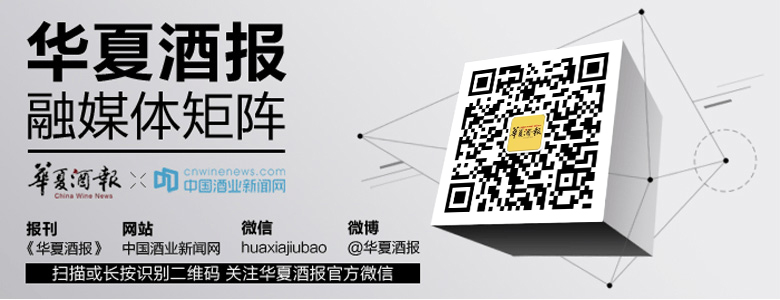The introduction of the Regulations on Frugality and Opposition to Waste in Party and Government Organs—dubbed the “new alcohol restriction policy”—explicitly bans alcohol at official receptions. This has accelerated a deep adjustment within the baijiu industry. This article analyzes the challenges and opportunities from three perspectives: shifting consumption scenarios, industry divergence, and transformation toward mass consumption.
The structure of baijiu consumption is undergoing historic change. Government-related consumption has shrunk drastically, with its market share dropping from over 40% in 2012 to below 5% in 2025. Business banquets have become more rational, with the mainstream price range shifting from ¥800–1500 to ¥300–500. A new consumer base, including employees from unicorn and specialized enterprises, has emerged. Meanwhile, mass consumption continues to trend toward lower price points (¥100–300 products) and younger demographics, with Gen Z and female drinkers becoming important drivers. Low-alcohol products have gained popularity, as seen with Luzhou Laojiao’s 38° Guojiao 1573 and Wuliangye’s planned relaunch of a 29° product.
The industry is transitioning from scale expansion to value re-engineering. Leading brands have adopted production halts to stabilize prices and reduce inventory. Regional distilleries face a polarized fate: those reliant on government sales suffer, while those with a mass-market focus thrive. Industry concentration is increasing—the top six players now hold 84% of the market—and inefficient capacity is being phased out.
To adapt, baijiu companies are pursuing three transformations:
Product Innovation: Developing low-alcohol options and affordable bottled wines to appeal to younger and budget-conscious consumers.
Channel Expansion: Penetrating county-level markets and building closer distributor partnerships.
Cultural Repositioning: Shifting brand image from a symbol of power to one of emotional connection, leveraging cultural tourism and digital marketing.
In conclusion, although the new policy brings short-term challenges, it ultimately steers the baijiu industry toward a healthier, more sustainable development model centered on mass consumption. Companies that embrace changing demand, innovate products, and deepen channel cooperation are likely to lead the next phase of growth.

